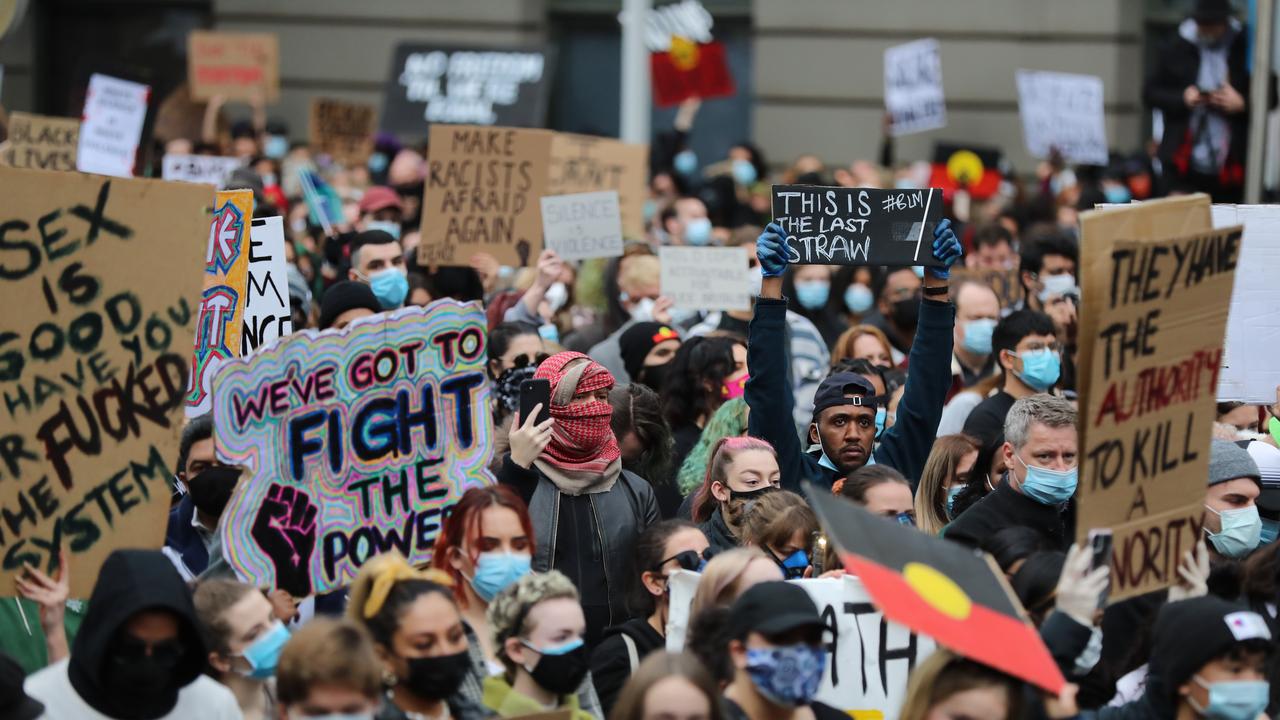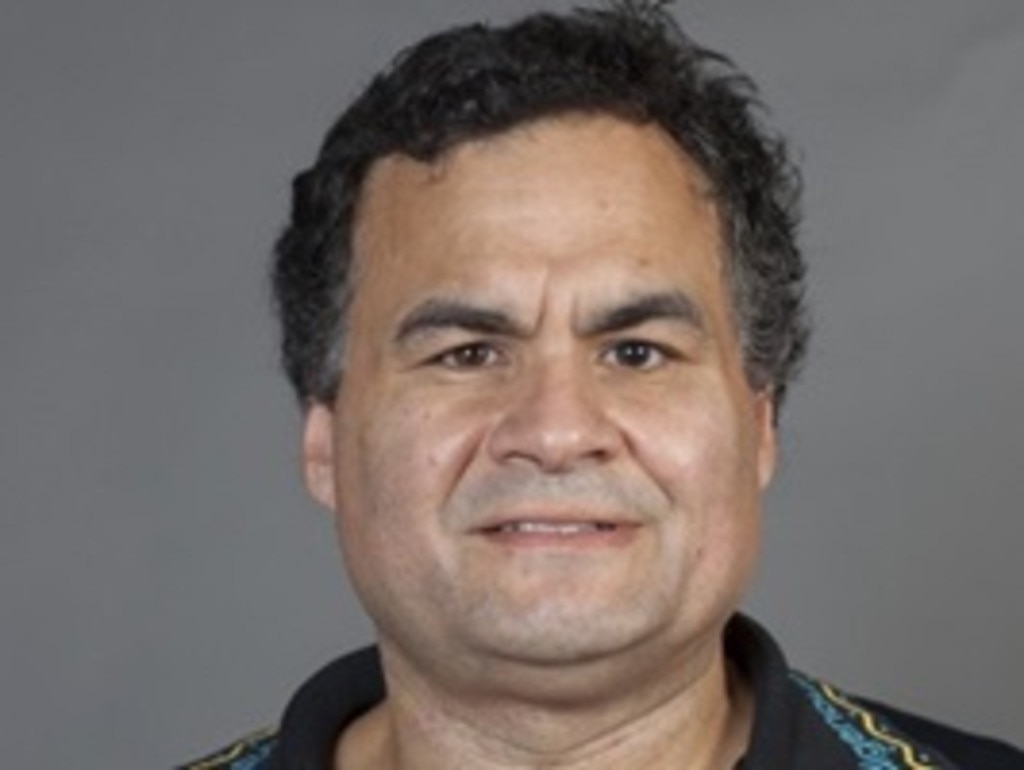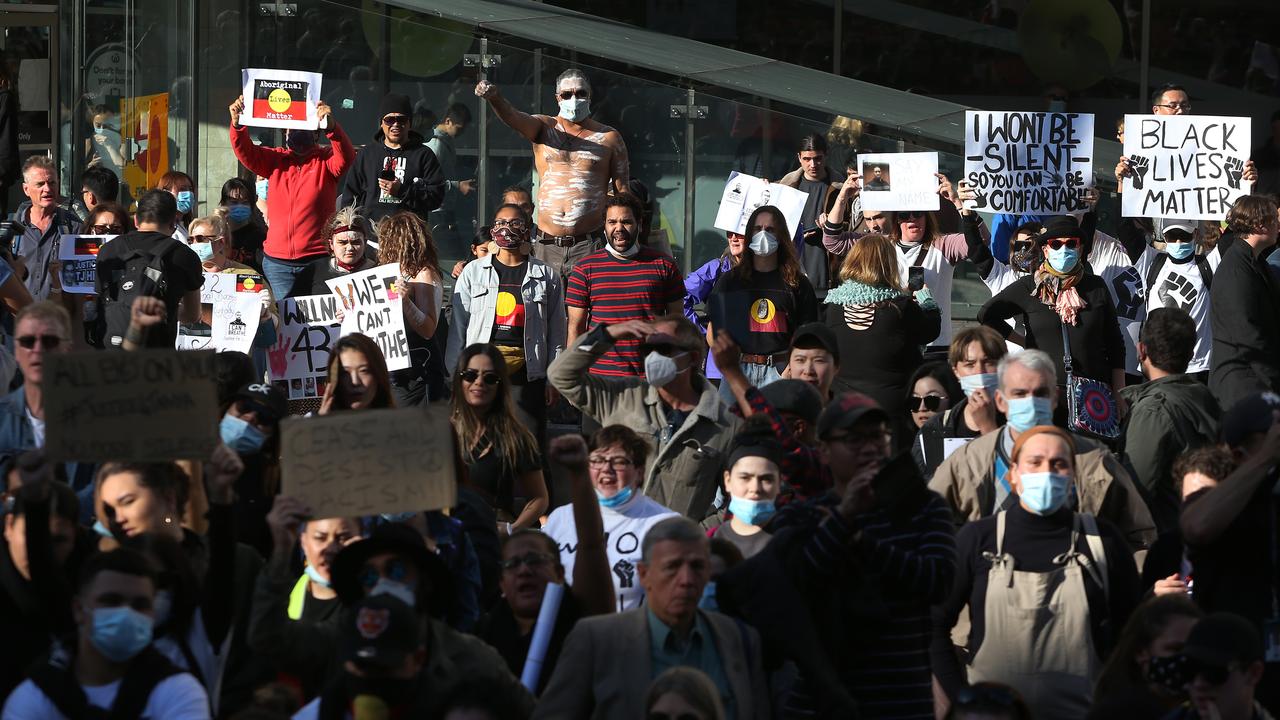Indigenous academic Anthony Dillon cops barrage of abuse for opposing Black Lives Matter rallies in Australia
An Indigenous academic who openly opposed the Black Lives Matter protests in Australia says he copped a barrage of abuse.

An Indigenous academic and commentator who openly opposed the Black Lives Matter protests across Australia at the weekend copped a barrage of abuse as a result.
In an opinion piece for news.com.au, published on Sunday, Dr Anthony Dillon from the Australian Catholic University argued that the large-scale demonstrations risked overshadowing the “true inequality” that Aboriginal Australians grapple with.
And he claimed that the issue of Indigenous deaths in custody had been conflated and hijacked by the movement to justify itself.
Some weren’t pleased, and the comments directed at Dr Dillon as a result were fairly “nasty”, he said.
“I was called a coconut, meaning black on the outside but white on the inside, and a sell-out,” he said.
One of those to lash out at his viewpoint was Dr Sharlene Leroy-Dyer, a lecturer from The University of Queensland, who called him a coconut and said: “What kind of black fella are you anyway?”
The irony is that the outrage over “anything that disrupts the narrative” came at the expense of a discussion about critical issues impacting the lives of Indigenous people, he said.
RELATED: Black Lives Matter protesters in Australia are just ‘rent-a-crowds’

“I’m not saying that it’s good for Aboriginal people to be in custody,” Dr Dillon said.
“Up around 30 per cent of jail populations being Indigenous is a tragic thing. I think we all agree on that. But the real injustice in my view is the unresolved disadvantage in communities – the things that gets them in trouble in the first place.”
Preventable disease, infant mortality, lower life expectancy, domestic violence, child abuse, unemployment and poor school attendance are all issues that deserve urgent focus and community anger, Dr Dillon said.
“Instead, people are marching in the streets and don’t really know why.
“Aboriginal people in custody are not dying at higher rates than non-Aboriginal people. It’s a myth, and it’s fuelling the whole Black Lives Matter movement here in Australia. They’re less likely to die in custody than non-Aboriginal people.
“Yes, 432 Indigenous people have died in custody since the Royal Commission. There were also 1600 non-Indigenous people who died in the custody in the same time period.
“All of the data I see, I don’t think that (being Indigenous) is a big or overwhelmingly significant factor in deaths in custody.
“If anyone dies in custody and neglect or outright brutalism has played a part, that is a travesty that should be investigated.
“Apart from some isolated instances, the majority die of natural causes or, tragically, suicide.”
RELATED: Meyne Wyatt’s extraordinary Q&A monologue hailed as ‘best two minutes of Australian TV ever’

The causes of death in Indigenous communities are the same, he said – and that’s what he believes people should be angry about and demanding change for.
“I think people look for heroes and villains. In Australia, it’s the jails, police and white government.
“When you disrupt that narrative, people don’t like it. It’s more convenient to point the finger at those villains than to address uncomfortable issues like violence and child abuse in Aboriginal communities.
“It seems that only black lives taken at the hands of white people matter – black people dying at the hands of black people, we don’t seem to care.”

Dr Dillon believes high Indigenous incarceration rates are the symptom of a broader social problem.
“If you took every Aboriginal person out of jail today, the death rate would absolutely go down, but it would mean most would die somewhere else.
“It comes back to having healthy communities, adults working and kids in school. I think once you get that right, the jail rates will fall.”
He also believes that the conversation should move away from the “gap between Indigenous and non-Indigenous people”.
“If I can make a generalisation, there are two types of Indigenous people. There are those who are urbanised, like myself – I know where my next meal is coming from and that I can go to bed tonight and be safe – and those in rural and remote areas.
“If we could focus on Indigenous people who are living in rural and remote areas and focus on tackling the practical issues they face, having food, being employed, kids going to school, violence and health.
“We talk too much about the gap between Indigenous and non-Indigenous people. What we should be focusing on is the gap between people like myself and people in remote communities grappling with preventable disease, poverty, violence, those sorts of thing.”



